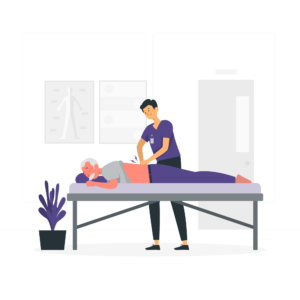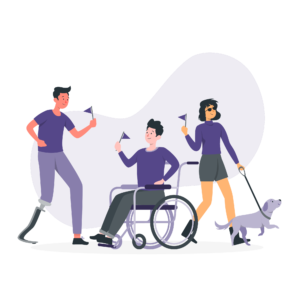Theoretical Models of Disability
Disability can be understood from different frameworks or models, each with strengths and weaknesses. RNW Media’s approach to disability is aligned with the Social Model of Disability. This model considers disability as a socially created problem. In other words, disability is not inherent to an individual, but an interaction between their characteristics and the social environment. This approach places the responsibility on society to make the required adaptations so that people with disabilities can actively participate in all aspects of life.
The Social Model of Disability was developed to act against discrimination and inequality. It was created in contrast to the traditional Medical Model of Disability:

Medical Model of Disability
- Presents disability as a medical ”problem”
- Focuses on care, cure, and welfare
- Places responsibility on the person with a disability to seek care and cure

Social Model of Disability
- Presents disability as a socially created problem
- Focuses on accessibility, independence, and inclusion
- Places responsibility on governments, organizations, businesses, and individuals to remove barriers and increase access
Other approaches to understanding disability include the Biopsychosocial Model, Economic Model, Functional Solutions Model, Social Identity or Cultural Affiliation Model and the Charity Model. The International Association of Accessibility Professionals provides a comprehensive overview of the theoretical models of disability.
Sources
- International Association of Accessibility Professionals (2020). Certified Professional In Accessibility Core Competencies: Body of Knowledge
- 24 Accessibility (2018). Disability is a Spectrum, not a Binary
- Shape Arts (n.d.). Social Model of Disability
- World Health Organization (2021). Disability and Health
